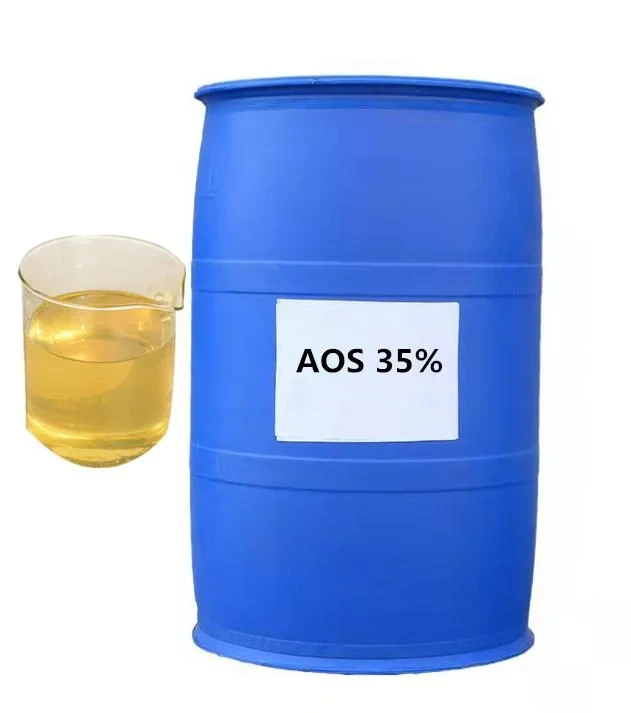



sodium bisulfate vs muriatic acid
Sodium Bisulfate vs. Muriatic Acid Understanding the Differences
When it comes to managing pH levels in pools or tackling other chemical needs, two substances often come into play sodium bisulfate and muriatic acid. While both can adjust acidity levels, they possess distinct qualities and applications that make them suitable for different purposes. Understanding these differences can help you choose the right product for your needs.
Chemical Composition
Sodium bisulfate, chemically represented as NaHSO4, is the sodium salt of bisulfate. It is a dry, granular substance that is commonly used as a pH reducer in swimming pools. On the other hand, muriatic acid is a diluted form of hydrochloric acid (HCl), typically consisting of about 31-37% HCl. It is a clear, colorless liquid that is highly corrosive and should be handled with care.
Application in Pools
In the context of pool maintenance, both sodium bisulfate and muriatic acid can be employed to lower the pH and total alkalinity of pool water. However, sodium bisulfate is often preferred in residential settings due to its ease of use. It is a dry powder that can be easily measured and added directly to the water. Its slow-dissolving nature allows for a gradual adjustment in pH levels, reducing the likelihood of sudden changes that can stress the pool ecosystem.
Muriatic acid, while effective for the same purpose, requires a more cautious approach. Being a liquid, it is heavier and tends to affect pH levels more rapidly. Pool owners must be vigilant when using muriatic acid, as adding it too quickly can lead to spikes in acidity, which can cause damage to pool surfaces and irritations to swimmers.
Safety Considerations
Safety is a major factor when choosing between sodium bisulfate and muriatic acid. Sodium bisulfate is generally safer to handle; it produces fewer fumes and poses a lower risk of chemical burns. Protective gear such as gloves and goggles is still advisable, but the risks are comparatively lower.
sodium bisulfate vs muriatic acid

Muriatic acid, conversely, is much more hazardous. When handled improperly, it can produce harmful vapors that irritate the respiratory system, eyes, and skin. It is crucial to use it in well-ventilated areas and to wear appropriate personal protective equipment (PPE), including gloves, goggles, and long sleeves.
Environmental Impact
Sodium bisulfate is often viewed as the more environmentally friendly option. It breaks down more easily in natural water systems, posing less of a threat to aquatic life. Muriatic acid can impact water quality significantly if not handled correctly, leading to potential harm to local ecosystems.
Cost and Availability
In terms of cost, sodium bisulfate tends to be more expensive per pound than muriatic acid; however, the potential for misapplication and subsequent damage to pool equipment or surfaces due to the aggressive nature of muriatic acid can make sodium bisulfate a more economical choice in the long run.
Both sodium bisulfate and muriatic acid are widely available in pool supply stores and home improvement centers. However, the ease of use and safety profile of sodium bisulfate has led to its increased popularity in residential pool maintenance.
Conclusion
In summary, while both sodium bisulfate and muriatic acid serve the essential function of lowering pH levels, they are suited for different environments and applications. Sodium bisulfate offers a safer, more user-friendly option for homeowners who wish to maintain their pools. In contrast, muriatic acid remains a powerful tool in the hands of professionals or experienced users who understand its risks and can manage its application effectively. Ultimately, the choice between these two chemicals should be informed by specific needs, safety concerns, and environmental considerations.
-
Why Sodium Persulfate Is Everywhere NowNewsJul.07,2025
-
Why Polyacrylamide Is in High DemandNewsJul.07,2025
-
Understanding Paint Chemicals and Their ApplicationsNewsJul.07,2025
-
Smart Use Of Mining ChemicalsNewsJul.07,2025
-
Practical Uses of Potassium MonopersulfateNewsJul.07,2025
-
Agrochemicals In Real FarmingNewsJul.07,2025
-
Sodium Chlorite Hot UsesNewsJul.01,2025










